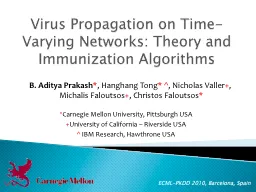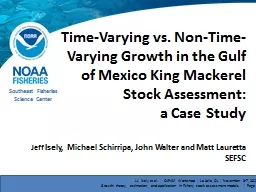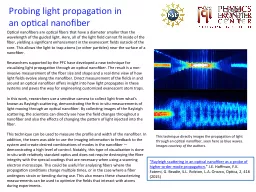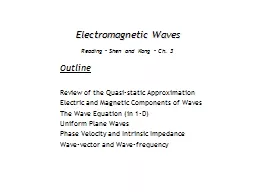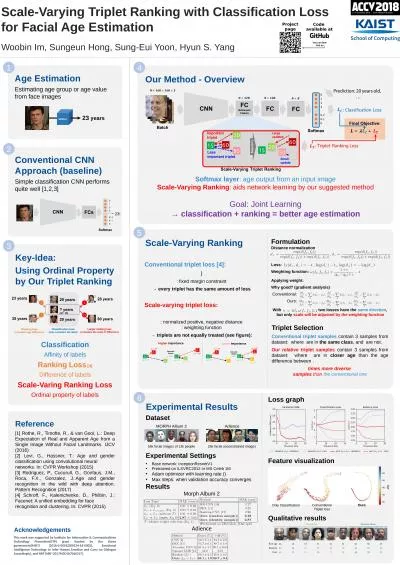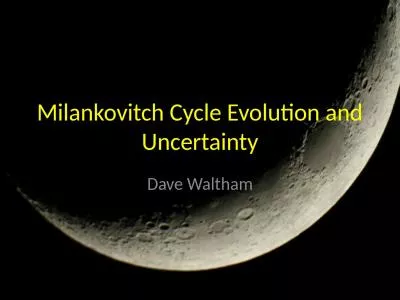PPT-Virus Propagation on Time-Varying Networks: Theory and Immu
Author : liane-varnes | Published Date : 2016-08-07
ECMLPKDD 2010 Barcelona Spain B Aditya Prakash Hanghang Tong Nicholas Valler Michalis Faloutsos Christos Faloutsos Carnegie Mellon University Pittsburgh
Presentation Embed Code
Download Presentation
Download Presentation The PPT/PDF document "Virus Propagation on Time-Varying Networ..." is the property of its rightful owner. Permission is granted to download and print the materials on this website for personal, non-commercial use only, and to display it on your personal computer provided you do not modify the materials and that you retain all copyright notices contained in the materials. By downloading content from our website, you accept the terms of this agreement.
Virus Propagation on Time-Varying Networks: Theory and Immu: Transcript
Download Rules Of Document
"Virus Propagation on Time-Varying Networks: Theory and Immu"The content belongs to its owner. You may download and print it for personal use, without modification, and keep all copyright notices. By downloading, you agree to these terms.
Related Documents

